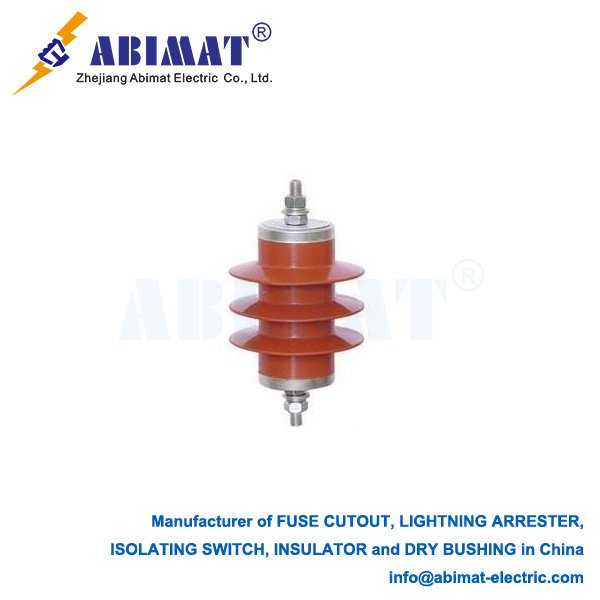Polymer Pin Type Insulators: A Modern Choice for Power Distribution Lines
Polymer pin type insulators bring big improvements to medium-voltage power distribution networks—most of these networks work up to 33 kV. They attach straight to a supporting pin on the crossarm of a utility pole. This setup keeps the live conductor from touching the grounded pole electrically.
A polymer pin insulator has three main parts: a core, a housing, and end fittings. The core is what carries the load. It’s usually made of a glass or epoxy resin rod, so it’s strong enough to handle mechanical stress. The core gets covered by a housing and sheds. These two parts use polymeric materials—silicone rubber or EPDM (ethylene propylene diene monomer) are the most common. To make these polymer housings, manufacturers use methods like injection or compression molding.
Polymer insulators beat traditional porcelain or glass ones in many ways. They don’t weigh much. That makes them easier to hold, move, and put in place. It also lowers labor costs and saves time. They’re also better at taking impacts. That means less chance of damage when you install them, or if someone tries to break them—porcelain insulators are brittle, so they break easily from these things.

For how well they work electrically, the silicone rubber surface matters a lot. It pushes water away. This stops a steady film of water from forming. Less water film means less current leaking out. It also makes flashovers less likely, especially in places that are dirty or damp. The shape of the polymer sheds helps too. They clean themselves when it rains, so they still work well even in polluted areas.
The polymer housing is flexible and stretchy too. It deals with mechanical shocks and vibrations better. The insulator is made as a single piece: the housing sticks right to the core and the metal end fittings. This makes a tight seal. It keeps moisture out—and moisture is a main reason other insulators get damaged inside.
All in all, abimat benefit from using polymer pin type insulators. They’re more dependable, don’t need as much upkeep, and cost less over time. They’re light, work well in polluted spots, and stand up to vandalism. Because of these things, they’re the best choice for updating power distribution systems and making them more long-lasting.


